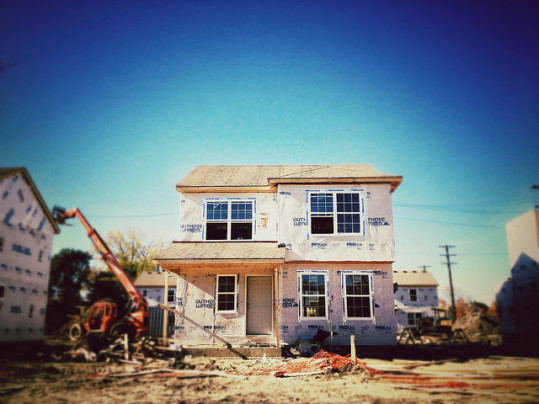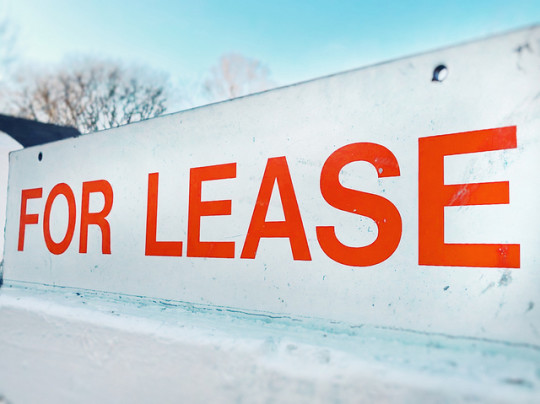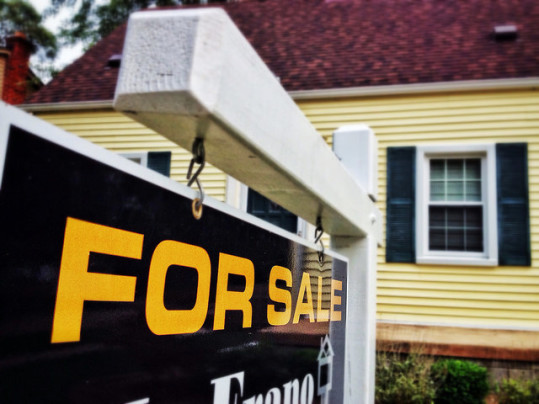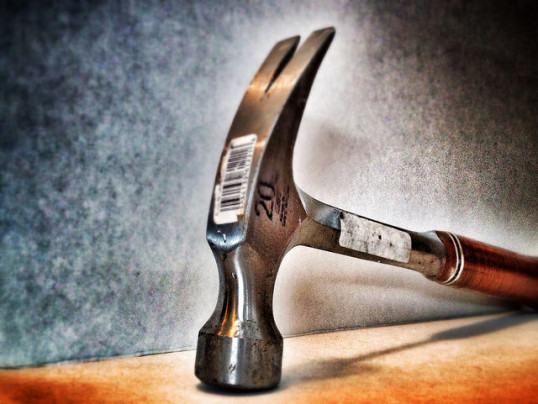Debt is an issue for many Americans. From student loans to credit card balances, there are a lot of things we’re trying to pay off. But while the financial struggles of millennials are well known, there isn’t as much attention paid to the debts of older Americans. After all, they aren’t trying to save for a down payment and buy their first home while also paying off student loans and keeping up with rising rent, right? Well, though some of that may be true, having too much debt or poor credit will affect your plans at any age. So how are older Americans faring? Well, one recent study looked at baby boomers and their non-mortgage debt, and found that people born between 1946 and 1964 have a median balance roughly between $20,000 and $30,000. Boomers in Houston had the most debt, carrying close to $32,000, while Oxnard, CA came in with the lowest median balance at $20,876. Among types of debt, auto loans were the biggest source comprising about 39 percent of boomer debt, while credit card balances came in a close second at 35 percent. Also in the report, of the top 10 cities with the highest amount of baby boomer debt, five were in Texas. More here.
Archive for March 2019
Builders Optimistic About Affordable New Homes
Home builders wouldn’t build new homes unless there was a demand for them. Knowing how many buyers are looking and what they’re looking for is part of their job. Which means, they’re a pretty reliable source if you’re looking for information about what’s happening in the real estate market. So what are home builders saying about this spring and summer? Well, the National Association of Home Builders’ Housing Market Index – which gauges builders’ confidence in the market for newly built homes – shows builders are optimistic about this year’s market and are finding that, more so than in past years, new homes in affordable price brackets are selling well. Robert Dietz, NAHB’s chief economist, says that’s a good sign. “In a healthy sign for the housing market, more builders are saying that lower price points are selling well, and this was reflected in the government’s new home sales report last week,” Dietz said. “Increased inventory of affordably priced homes – in markets where government policies support such construction – will enable more entry-level buyers to enter the market.” This is encouraging, since adding to the number of homes for sale in affordable price ranges will help balance the market and offer more buyers choices at a price that fits their budget. More here.
Rent Increases At Fastest Pace In 10 Months
For many Americans hoping to make a move, the decision to rent or buy comes down to affordability. It isn’t the only factor, of course. Depending on your job and lifestyle, there may be other reasons to prefer renting over homeownership. But there’s no question money is a top concern when making decisions about your next move. So, what does the latest data on rental costs say? Well, according to one recent report, February saw rent increasing at its fastest pace in 10 months. Following the increase, median rent nationwide is now up to $1,472 per month. That means, calculating what’s most affordable may not be so clear cut. After all, the average monthly mortgage payment is just $1,030. But while rental prices have been going up over the past several years, there’s evidence that they may soon hit their peak. With millennials reaching the age of the typical first-time home buyer, demand is expected to decline over the coming years. As more renters become homeowners, it will likely have a slowing effect on future increases. More here.
Mortgage Lenders Say Credit Standards Are Easing
If you’re doing it right, the first step in your home-buying process will be talking with your lender. Your mortgage lender is the one who will be able to tell you whether or not you’ll be able to buy and how much you’ll be able to spend. In short, you won’t get very far without first going over your numbers and figuring out what you’d be approved to borrow should you find a house you want to purchase. Some of that calculation will be determined by your financial situation, debts, income, etc. Another part will be based on credit standards. And, according to the most recent Mortgage Lender Sentiment Survey from Fannie Mae, they’re easing – which means it’s getting easier to get a mortgage. In fact, the survey found “lenders on net continued to report easing lending standards at a modest pace across all loan types.” That’s good news for prospective home buyers. And, according to Doug Duncan, Fannie Mae’s chief economist, it’s helping push expectations for this year’s selling season. “Lenders’ improved demand outlook going into this spring selling season bodes well for our forecast of relatively flat mortgage volume following the double-digit drop in 2018,” Duncan said. More here.
Home Buying Activity Picks Up As Rates Settle
According to the Mortgage Bankers Association’s Weekly Applications Survey, average mortgage rates were mostly down last week. In fact, rates for 30-year fixed-rate mortgages with conforming loan balances, loans backed by the Federal Housing Administration, and 15-year fixed-rate mortgages all fell. The declines helped push demand for loans to buy homes up 4 percent from the week before. Joel Kan, MBA’s associate vice president of economic and industry forecasting, said the gains are an encouraging sign. “Purchase applications have now increased year-over-year for four weeks, which signals healthy demand entering the busy spring buying season,” Kan said. “However, the pick-up in the average loan size continues, with the average balance reaching another record high. With more inventory in their price range compared to first-time buyers, move-up and higher-end buyers continue to have strong success finding a home.” In other words, though affordability conditions and inventory have both improved, the market is still more favorable for buyers at higher price points. The market for first-time and entry-level home buyers remains more competitive. The MBA’s weekly survey has been conducted since 1990 and covers 75 percent of all retail residential mortgage applications. More here.
Many Buyers Opt For A Smaller Down Payment
For many Americans, coming up with a down payment to buy a house is the only barrier keeping them from pursuing homeownership. In fact, according to one recent survey, 40 percent of respondents said affording a down payment was the biggest thing that kept them from buying. That more than doubles the next most cited reason, which was believing rent was more affordable. But though saving enough money for a down payment was an obstacle for a large percentage of potential home buyers, it wasn’t necessarily an insurmountable one. That’s because, many home buyers simply opted for a smaller down payment. According to the survey, more than half of the respondents who had recently purchased a home said they did it with a down payment of 10 percent or less. And 36 percent said they put down less than 5 percent. In other words, many buyers – rather than put off buying a home – are doing it by investing less up front. But prospective buyers hoping to buy with a smaller down payment should be forewarned. Though it is possible to purchase a house with less than 20 percent down, it will lead to a larger monthly payment and often means paying private mortgage insurance as well. More here.
Home Construction Surges To Start The Year
Among all the indicators that can be used to gauge the health of the housing market, few are as good as new home construction. After all, home builders wouldn’t be building homes if they didn’t think there were interested buyers. So, when new home construction is rising, there’s probably a good reason. And, if that’s the case, then the January numbers recently released by the U.S. Census Bureau and the Department of Housing and Urban Development are encouraging. That’s because they show a 25.1 percent month-over-month increase in the number of new homes that began construction in January and a 30.2 percent increase in the number of completed new homes. That’s a significant improvement and a pretty good indication that home builders expect a busy spring and summer. However, though the construction numbers are impressive, the number of permits to build homes were only up 1.4 percent. That could be a sign that the building boom will be short lived or it could be evidence that rising mortgage rates near the end of last year caused builders to pull back temporarily. More here.







